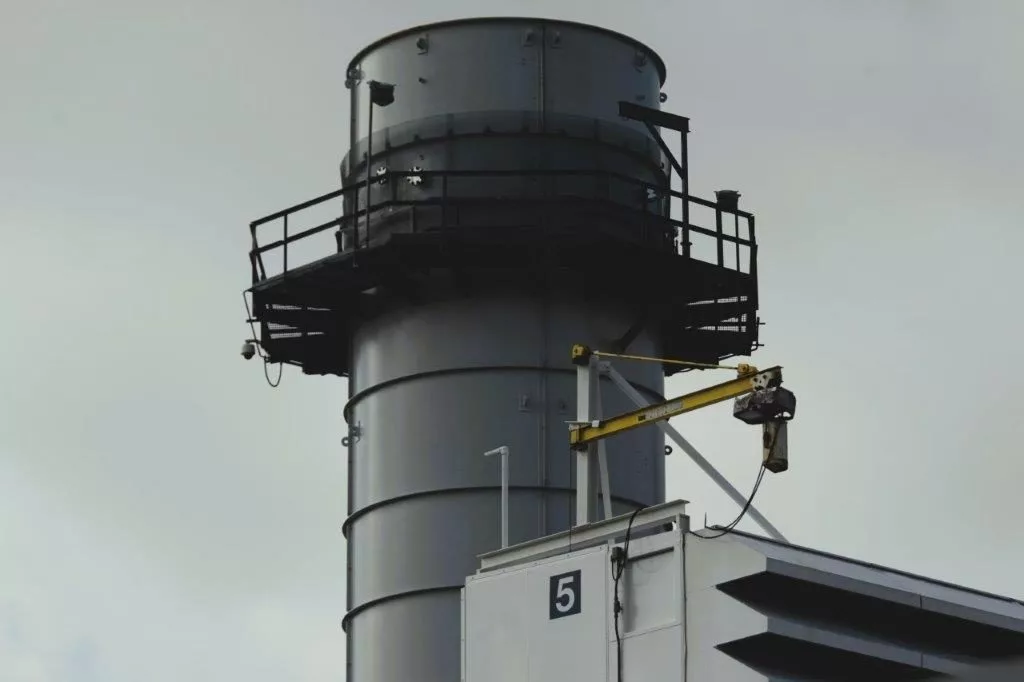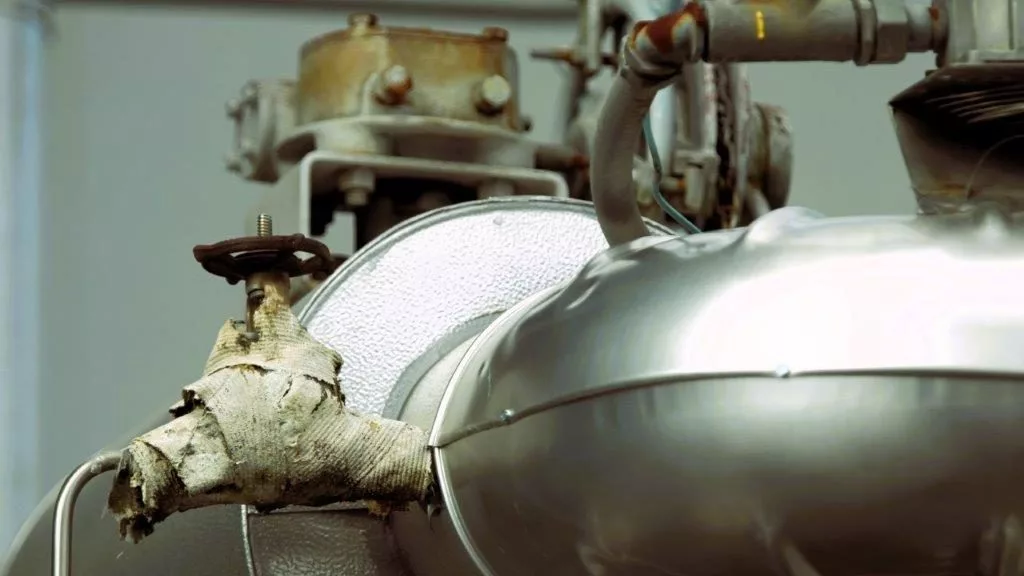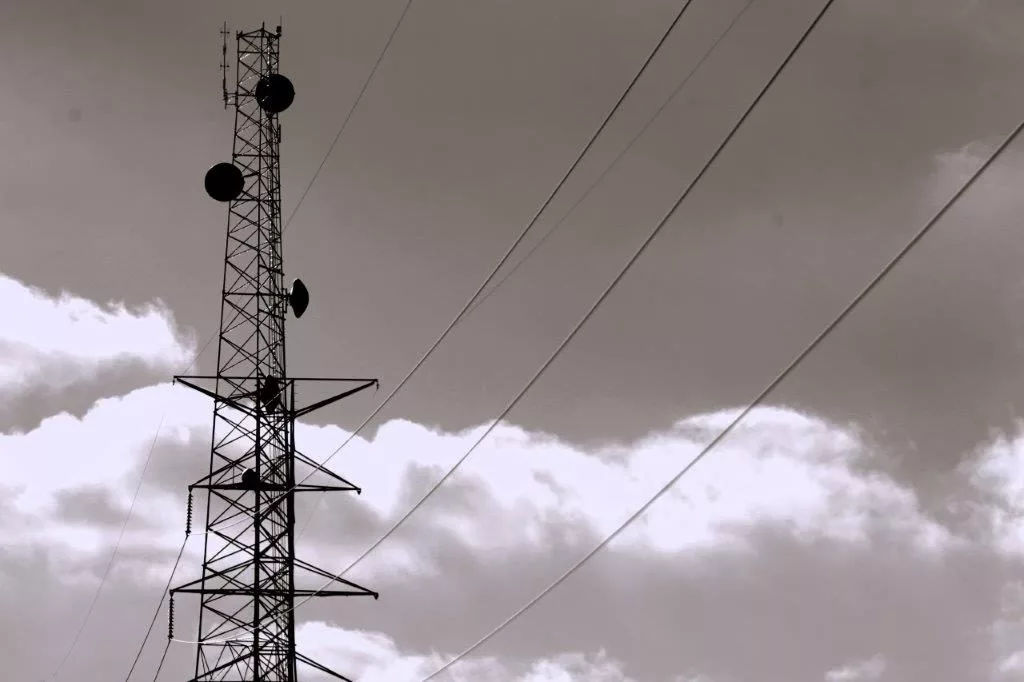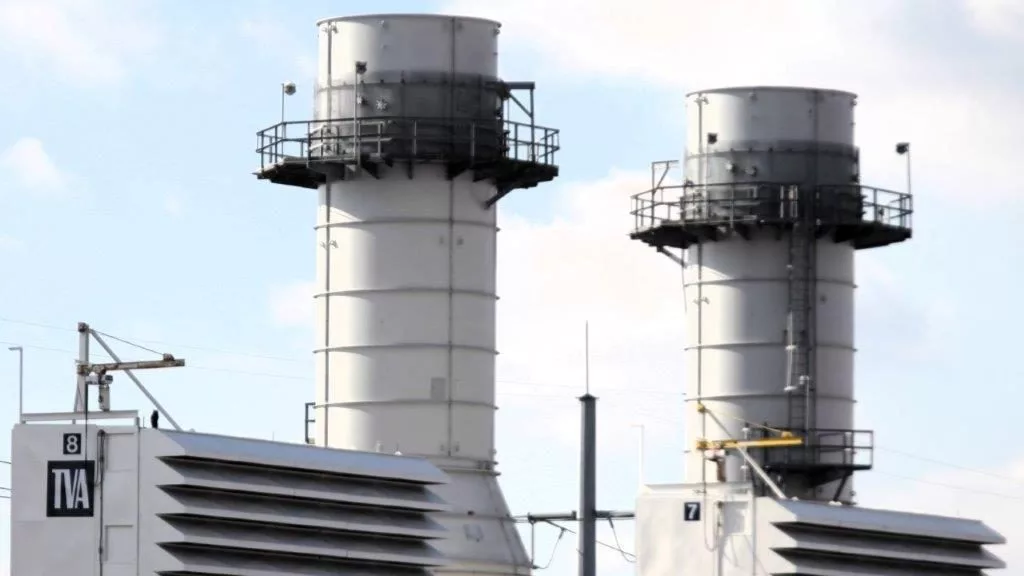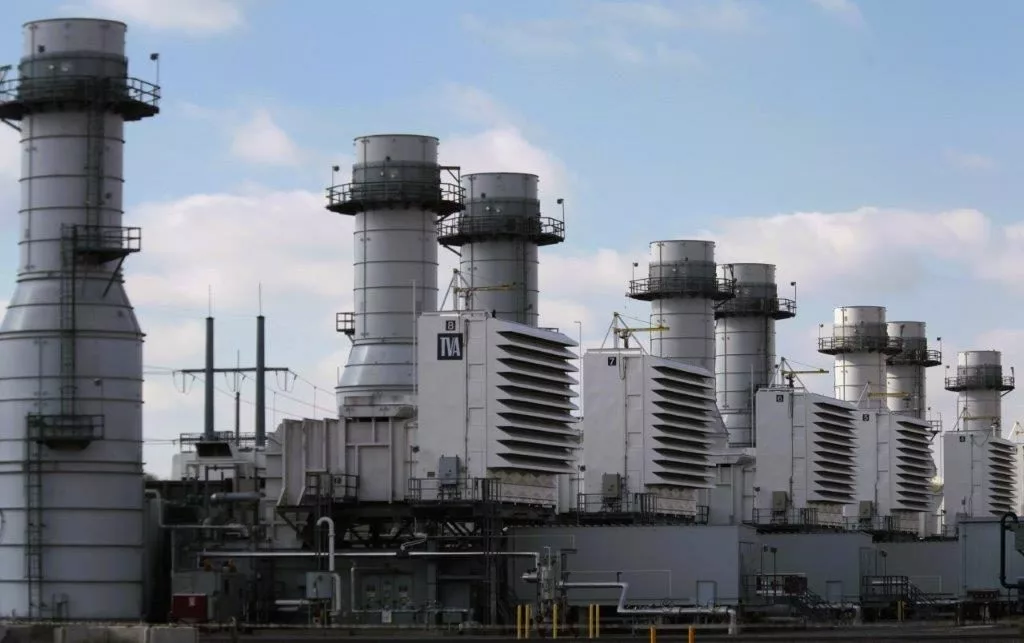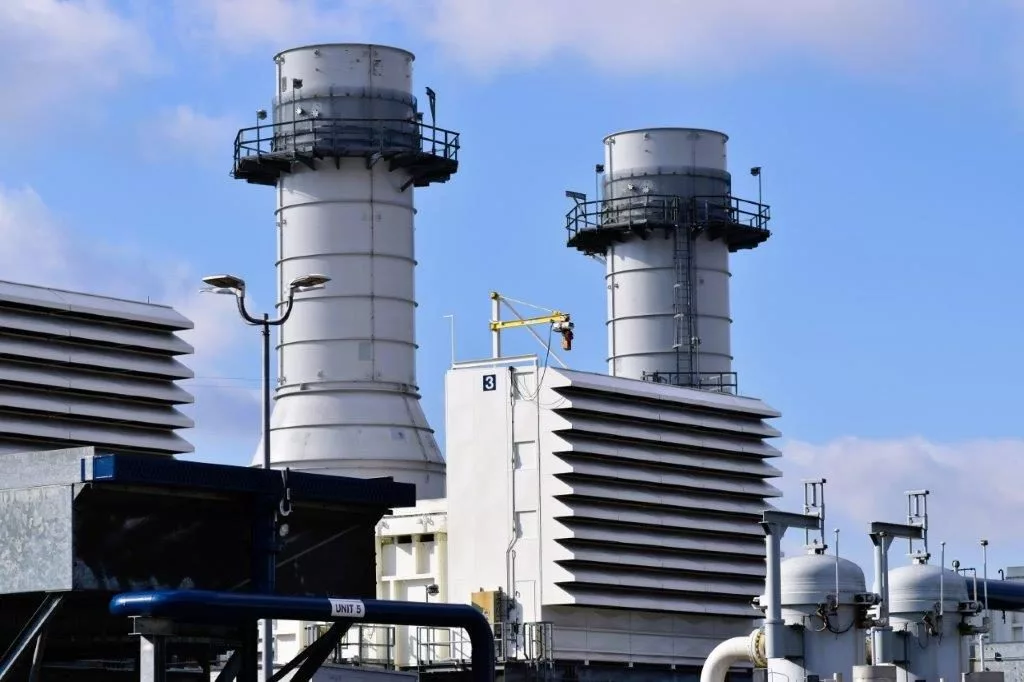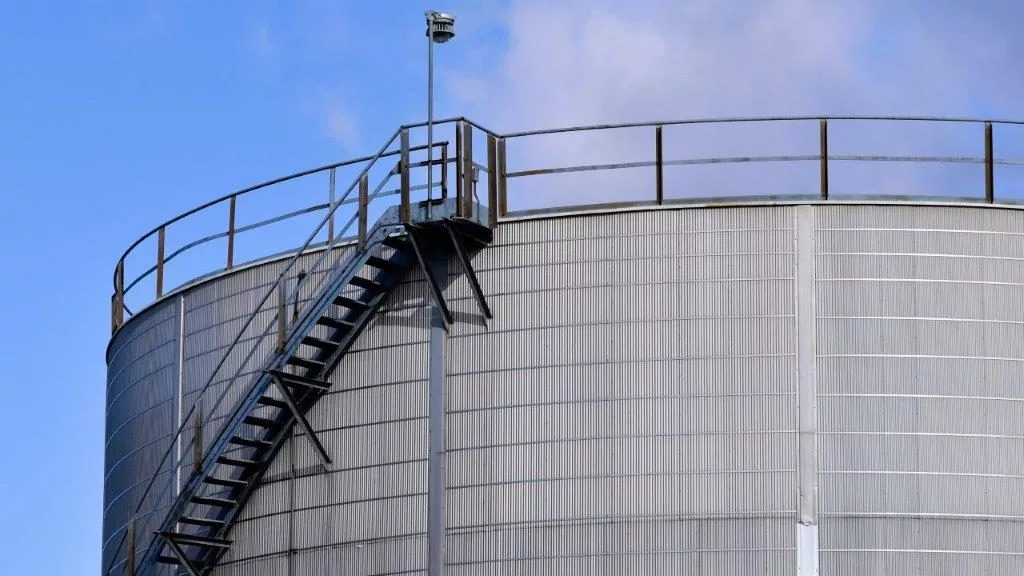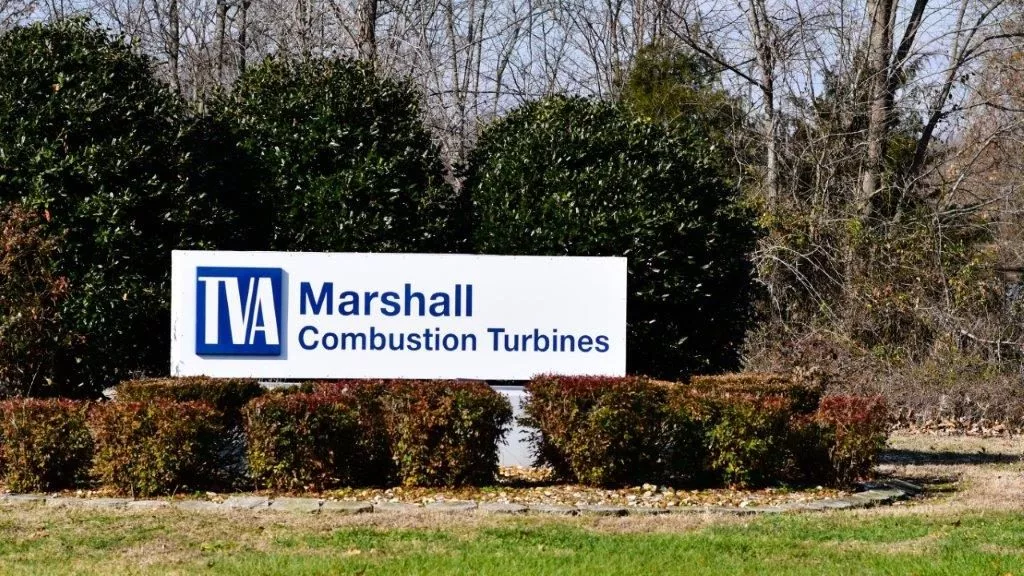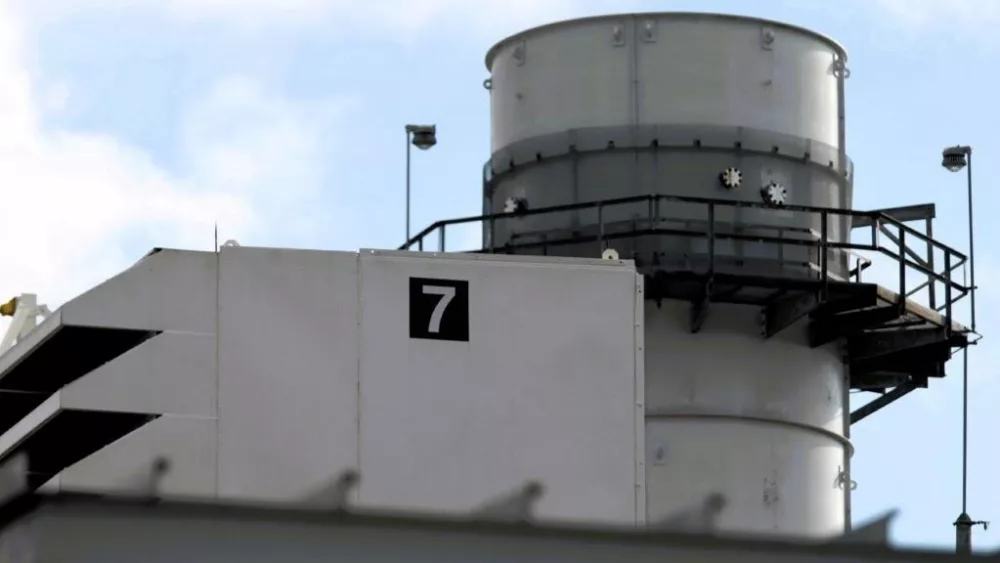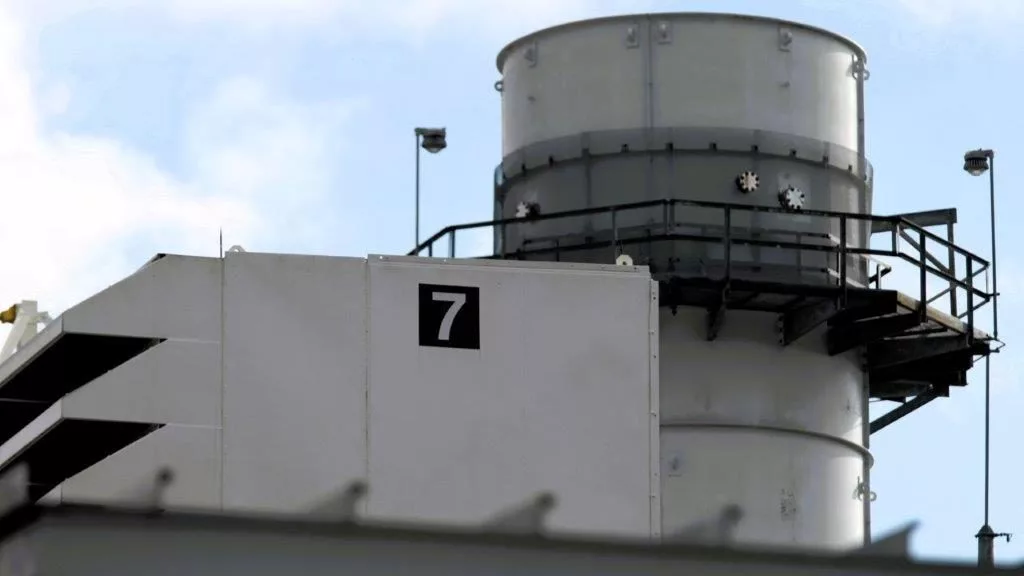
In the sweltering summer of 2000, officials with Duke Energy North America held a public meeting at Kentucky Dam Village State Resort Park in Gilbertsville — looking to discuss the feasibility of a $200 million, gas-fired peak power plant capable of max loads in the most difficult situations.
Located on 100 acres near US 62 along Industrial Parkway, just west of the Calvert City chemical complex, this is the Marshall Combustion Turbine Plant.
Nearly 25 years later, eight combustion turbines operate on natural gas and fuel oil — a staff of fewer than 10 men ready to answer the call from Chattanooga, Tennessee, and deliver up to 600 megawatts of electricity in less than 15 minutes under the umbrella of the Tennessee Valley Authority.
As one winter storm leaves the News Edge listening area, and another one imminent, Plant Manager Chad Boaz said he and his staff have been entrenched with winter preparedness since September — when temperatures hovered in the mid-70’s, and the bitter cold of west Kentucky a distant memory.
In his 20-plus years with the TVA, it’s this recent initiative — this $400 million push for efficiency in the chilliest hours of the southeast — that feels unprecedented, but necessary, especially after the seven-state grid experienced its largest-ever demand during last January’s blizzard-like blast.
Capable of single-handedly powering more than 300,000 homes at max generation, Boaz estimated that Marshall Turbines operated at 100%, or fired all eight stacks, at least five times in 2024.
Within the last 24 months, Boaz said the plant was twice required to operate 24/7 over a period of a week or longer.
One of those instances, oddly enough, was not last January’s cold snap in northwest Tennessee and southwestern Kentucky, but for good reason.
While winter spikes in power usage typically gobble up the national headlines — think “brown outs,” “rolling restarts” and “needed conservation” — Boaz said it’s the persistent, warm summer months that actually create more elongated stress on TVA’s grid.
Especially locally.
Boaz did confirm these units aren’t nearly as efficient as the combined-cycle turbines installed and already in operation at Drakesboro, where 750 megawatts can be generated not only by the firing of natural gas, but also the influx of steam created in combustion.
Still, this installation — purchased from Duke Energy by TVA in 2006 — remains more than reliable. Earlier this week, Boaz said stacks No. 1, No. 2 and No. 7 were pushed to 100% loads, in order to test strength before the arrival of a snow band expected to dump at least 3-to-10 inches across the Valley.
In essence, they are ready if needed.
In 2017, just eight years ago, the Marshall Combustion Turbine Plant churned out more than 400,000 megawatts across 400 starts, on a reliability rate of 99.999%. And in 2018, from its floodlights to its flashlights, it was the only site in TVA using 100% LEDs.
